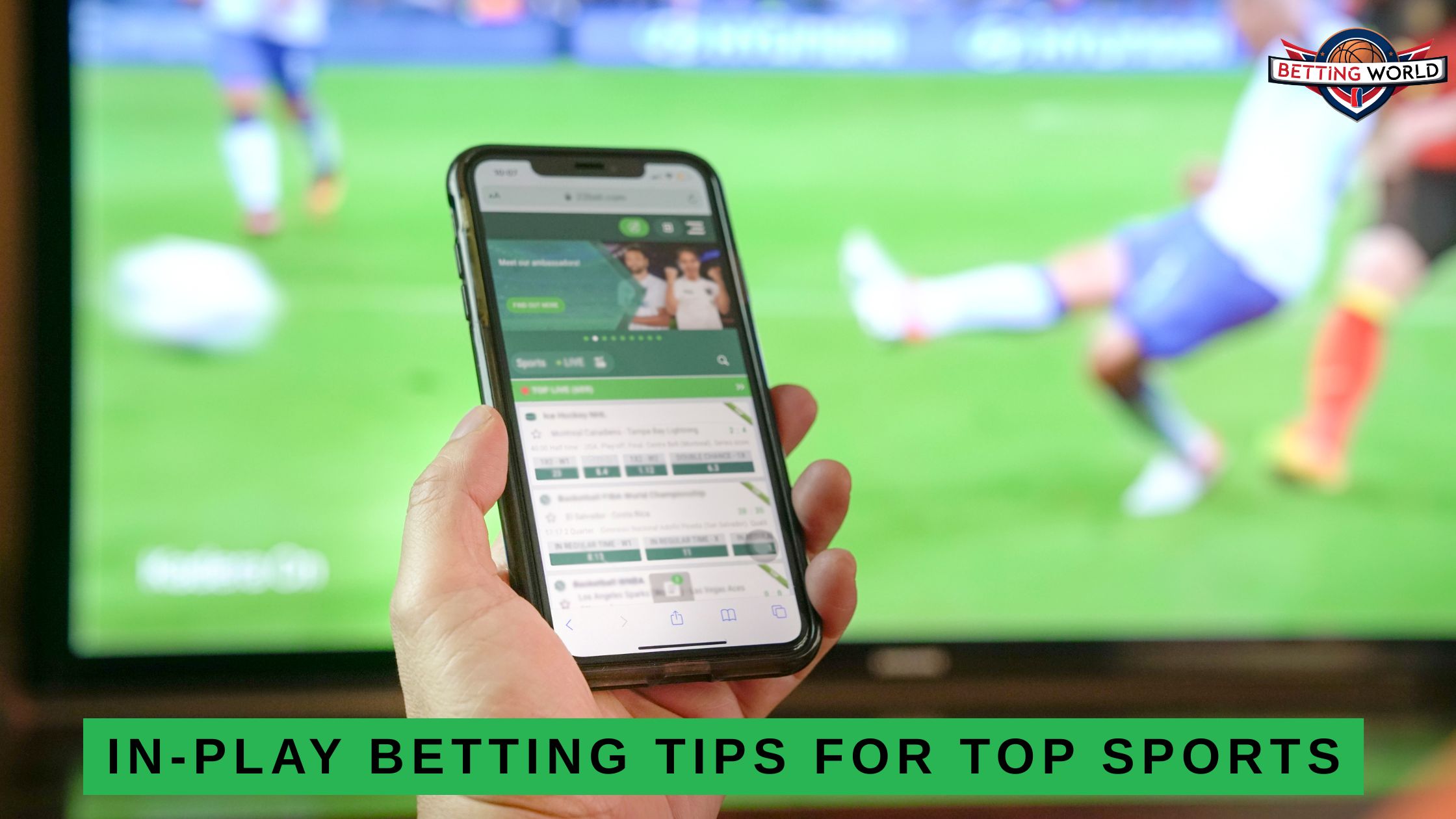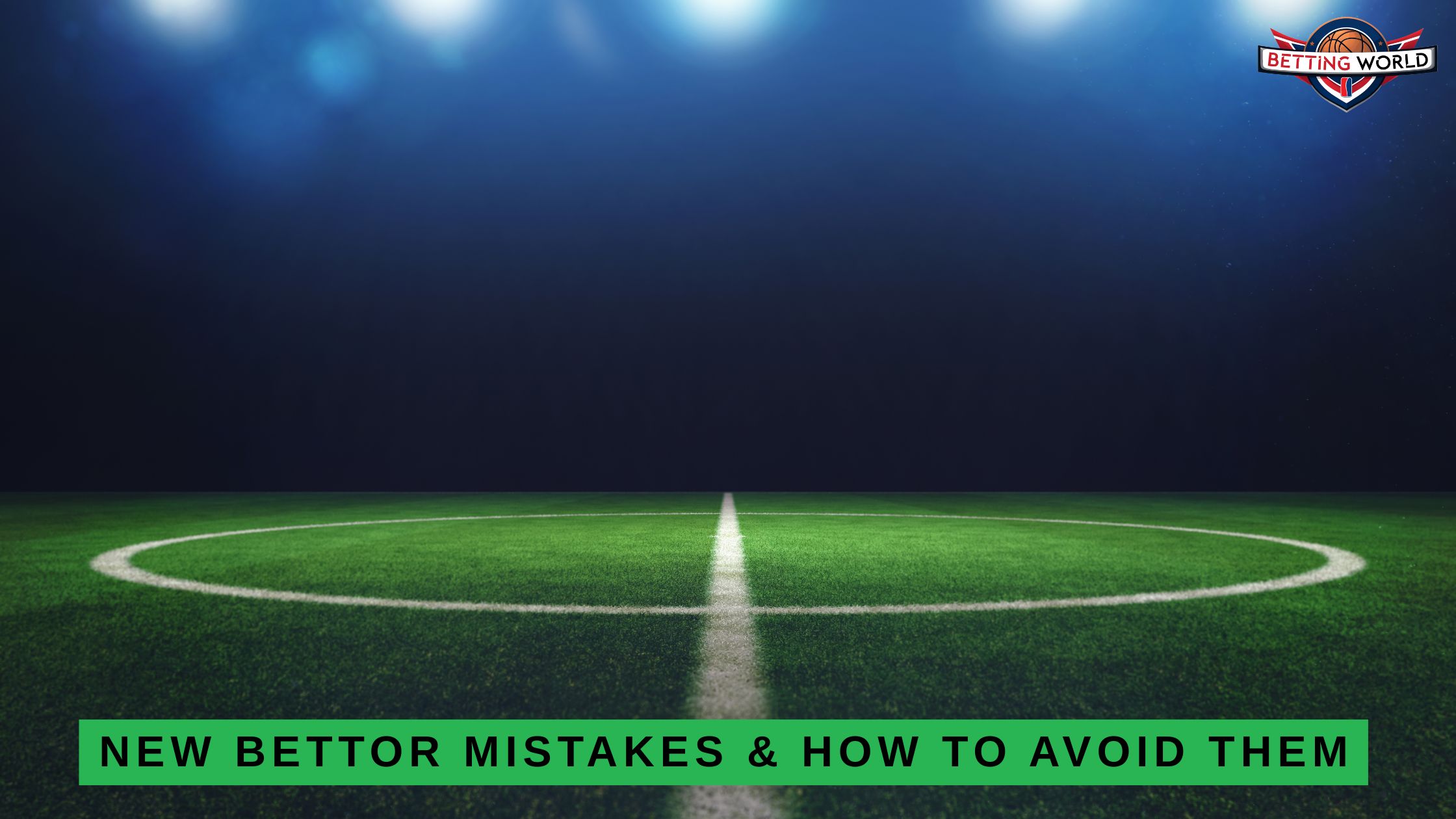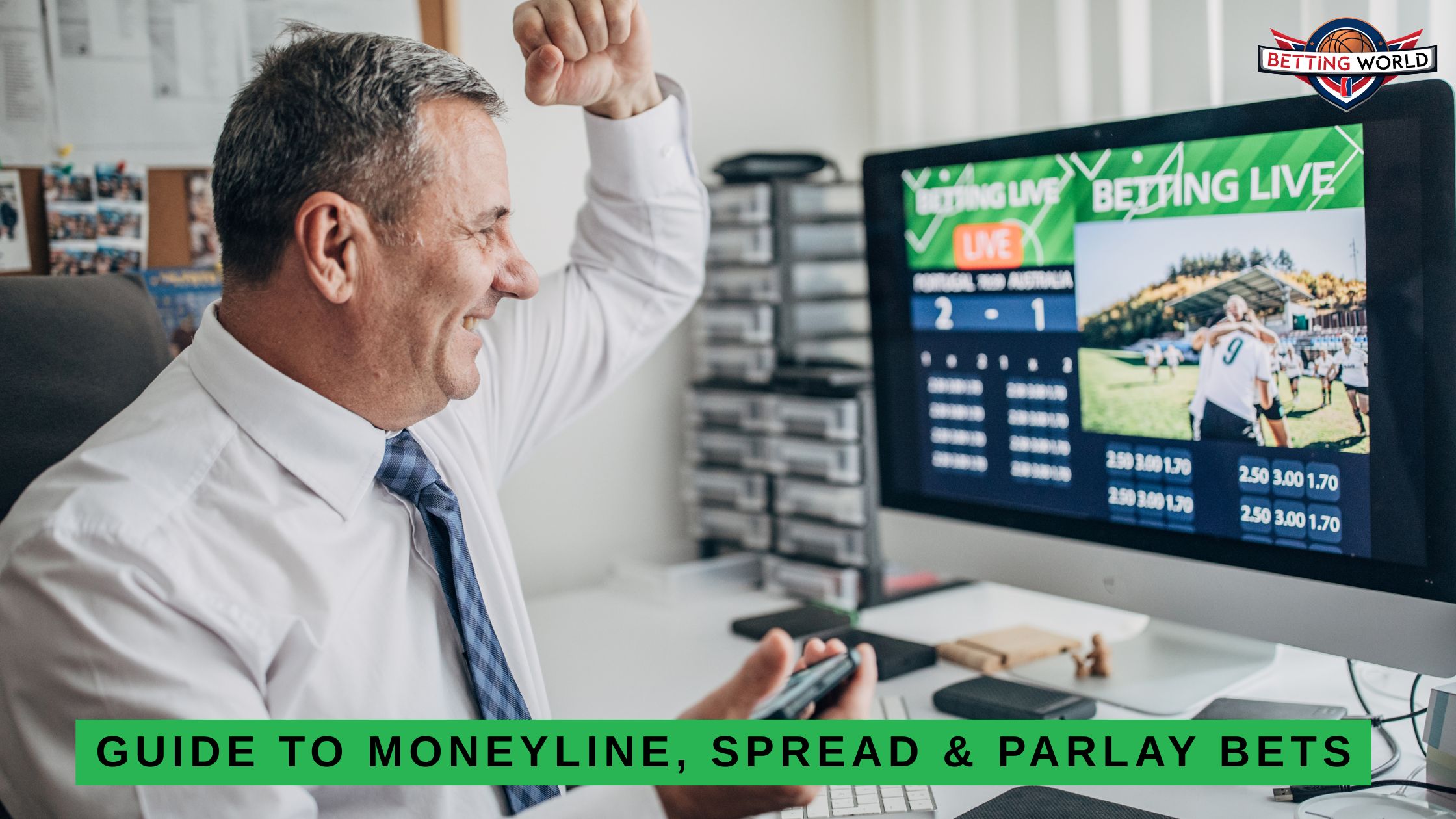Juice or vig is a standard part of sports betting, and once you understand how it works, you can start making more informed bets. Smart bettors always keep an eye on the juice, shop around for better odds, and never place bets blindly. If you’re serious about betting, learning to spot and manage vig is just as important as picking winners.
Every time you place a bet with a sportsbook in the US, you’re not just betting against the odds — you’re also paying a small fee called the “juice” or “vig.” This hidden charge is how sportsbooks make money, even when bettors win. Understanding juice is key to spotting fair odds, maximizing payouts, and becoming a sharper bettor overall.
What is juice (or vig) in sports betting?
“Juice,” short for “vig” (short for “vigorish”), is the commission that a sportsbook charges for taking your bet. Think of it as the house edge. It’s usually built into the odds, especially in point spreads and totals.
For example, if both sides of a point spread are listed at -110, it means you must bet $110 to win $100. The extra $10 is the juice — and that’s what the sportsbook keeps regardless of the outcome.
Also Read: What does “sharp money” mean in sports betting?
How sportsbooks use juice to profit
Sportsbooks aim to set odds that encourage equal betting on both sides. This way, they collect more from losing bets than they pay out to winners — thanks to the juice. Even if bettors go 50/50 on outcomes, the book still profits.
Examples: Juice in action
- Standard line: -110 on both sides → You bet $110, win $100 if correct.
- Low juice line: -105 or -102 → Better for bettors, smaller commission.
- High juice line: -115 or -120 → You pay more to win less.
Different sportsbooks offer different juice. That’s why line shopping — comparing odds at multiple sportsbooks — is a smart move.
Also Read: How to read American odds , +/- explained in simple terms
How juice affects your payouts
Higher juice means smaller profits. If you constantly bet at -120 instead of -110, you need a higher win rate to stay profitable. Over time, the difference adds up.
For example, if you place 100 bets at -110 odds and win 52 of them, you’re slightly profitable. But at -120, you’d need to win closer to 54% just to break even.
How to spot fair or reduced juice
- Look for sportsbooks offering -105 or “reduced juice” lines.
- Compare odds on the same bet across different platforms.
- Watch for promos that temporarily remove or reduce the vig.
Why juice matters for serious bettors
Casual bettors may not notice the vig, but for regular bettors or anyone trying to profit long-term, juice is everything. Even a few cents difference in odds can tilt your win rate and affect your bottom line.
FAQs: Juice and vig in betting
What does -110 mean in betting?
-110 means you have to bet $110 to win $100. The extra $10 is the sportsbook’s commission — the juice.
Can I avoid paying juice?
No — juice is built into the odds. However, you can minimize it by betting with low-juice sportsbooks or using promos.
Do all sportsbooks charge the same juice?
No. Some charge standard -110 lines, others offer better odds like -105. Shopping for the best odds can reduce how much juice you pay.
Is juice legal in the US?
Yes. Juice is how legal sportsbooks operate and turn a profit. It’s a normal part of regulated sports betting in the US.












